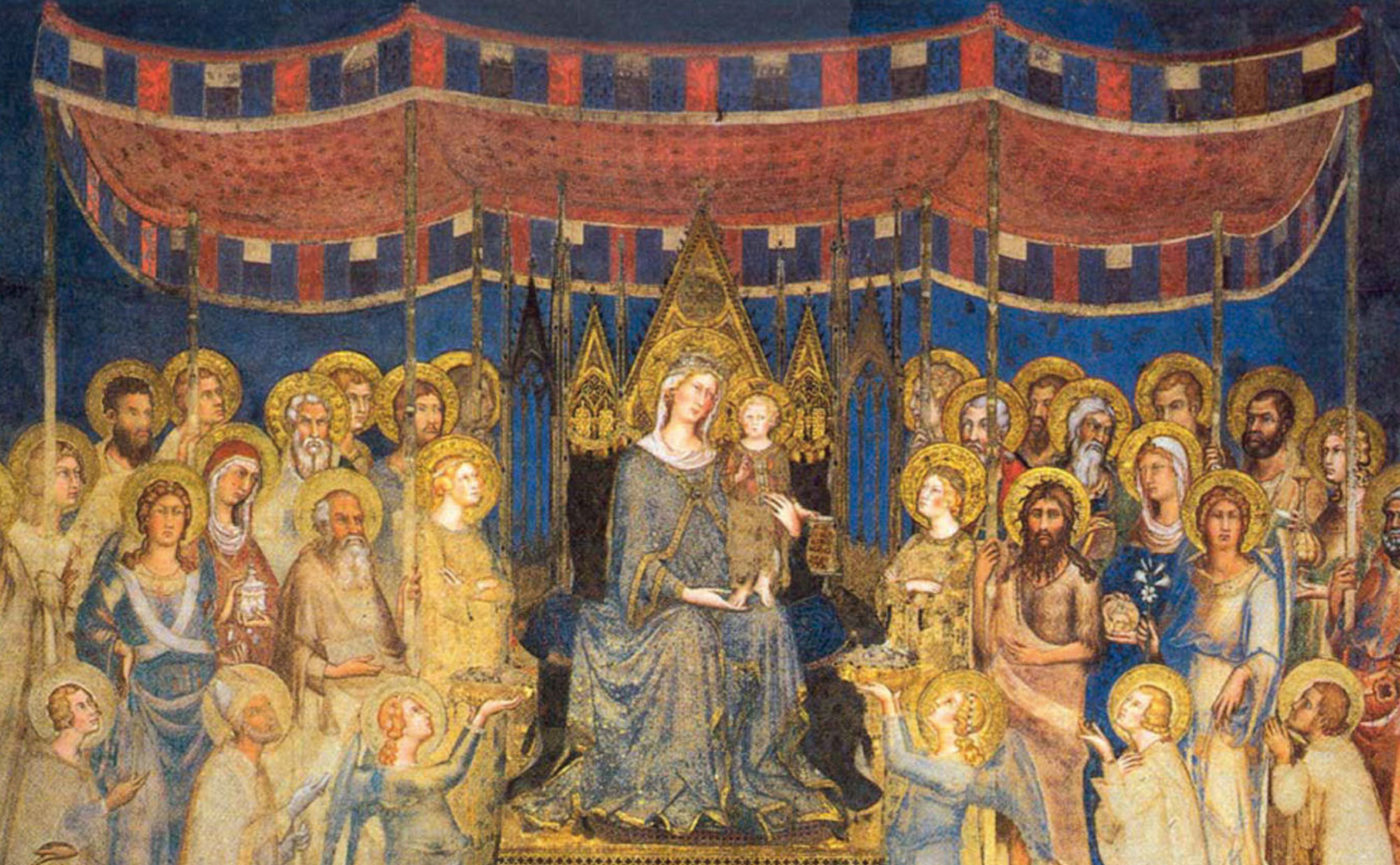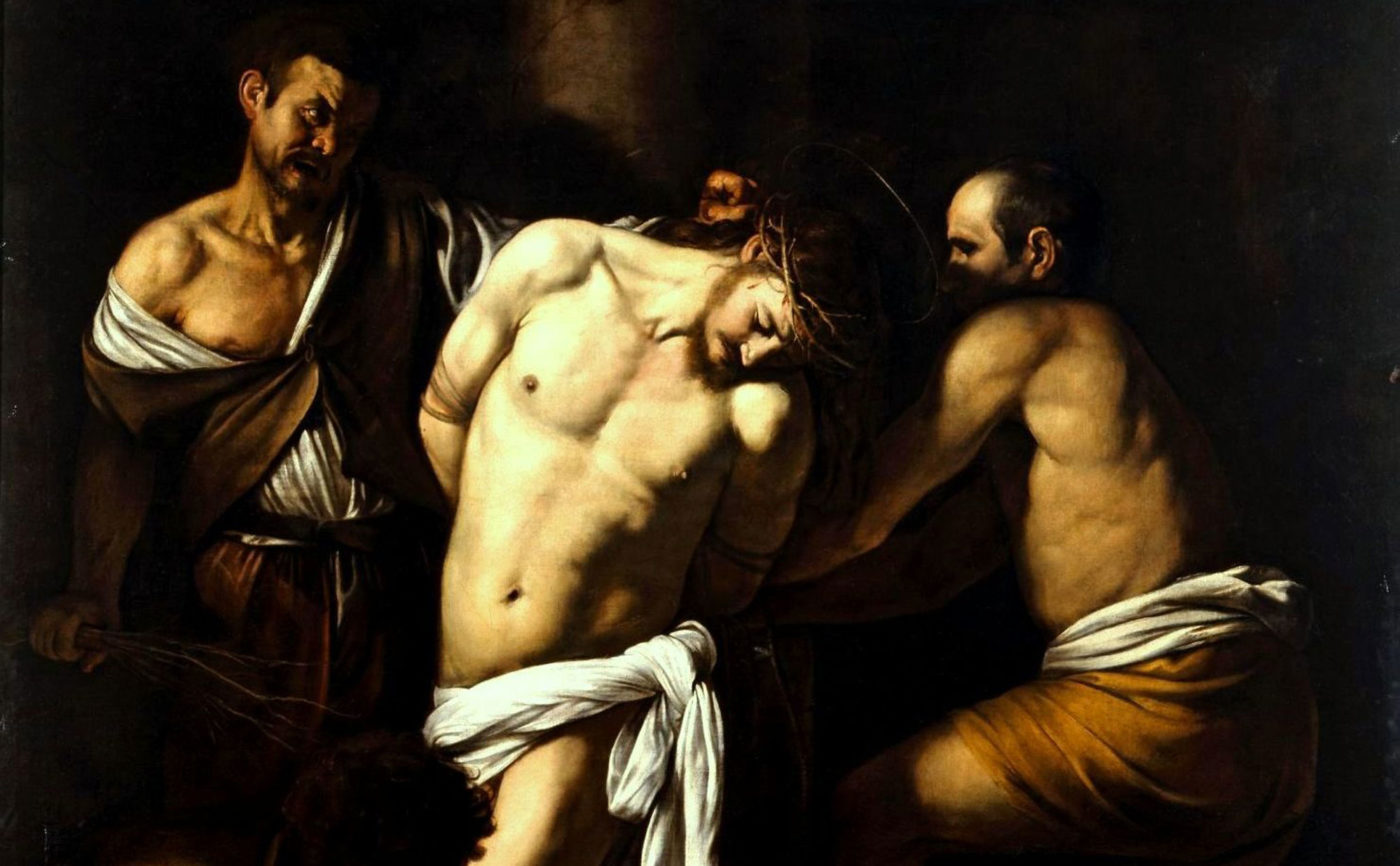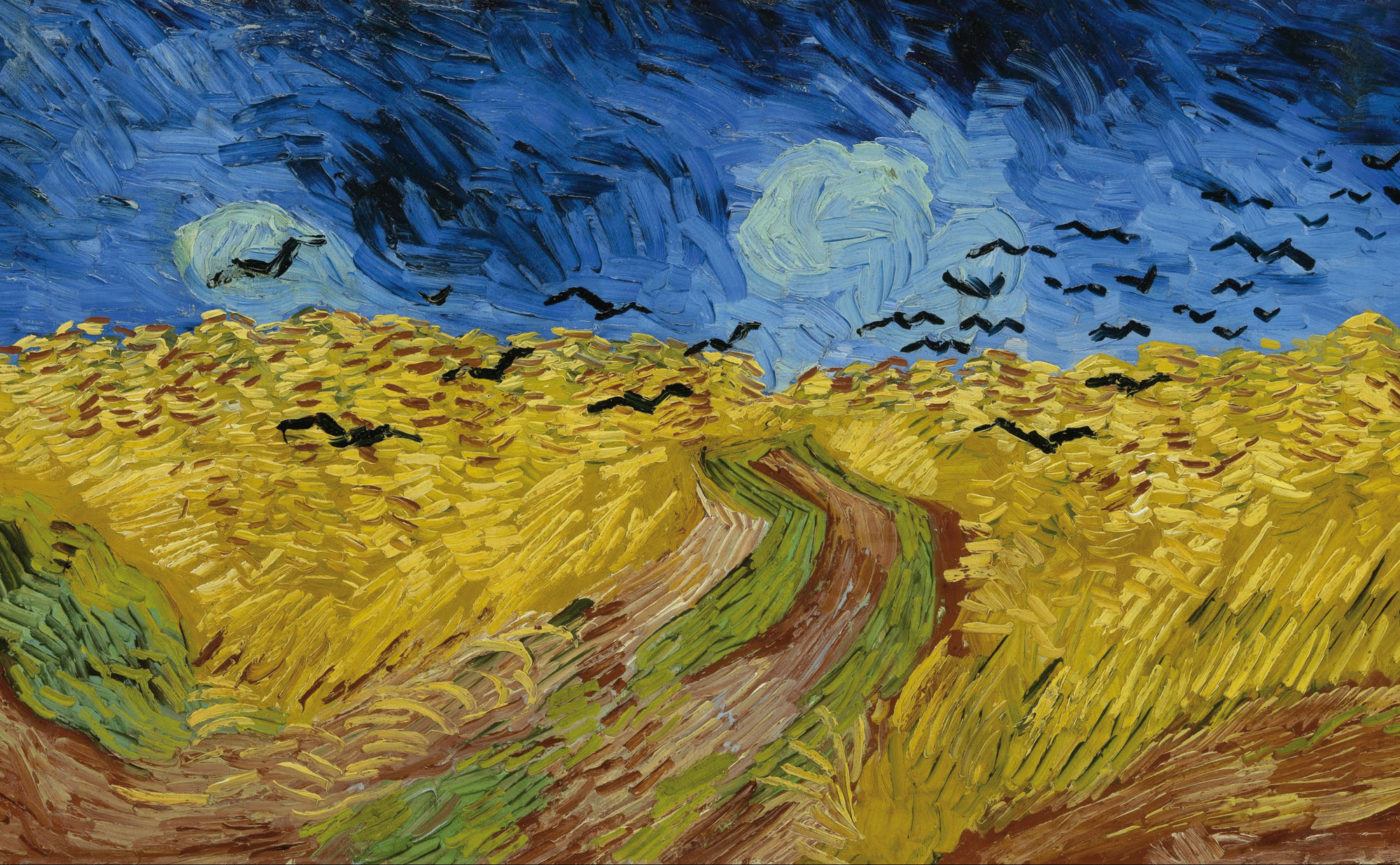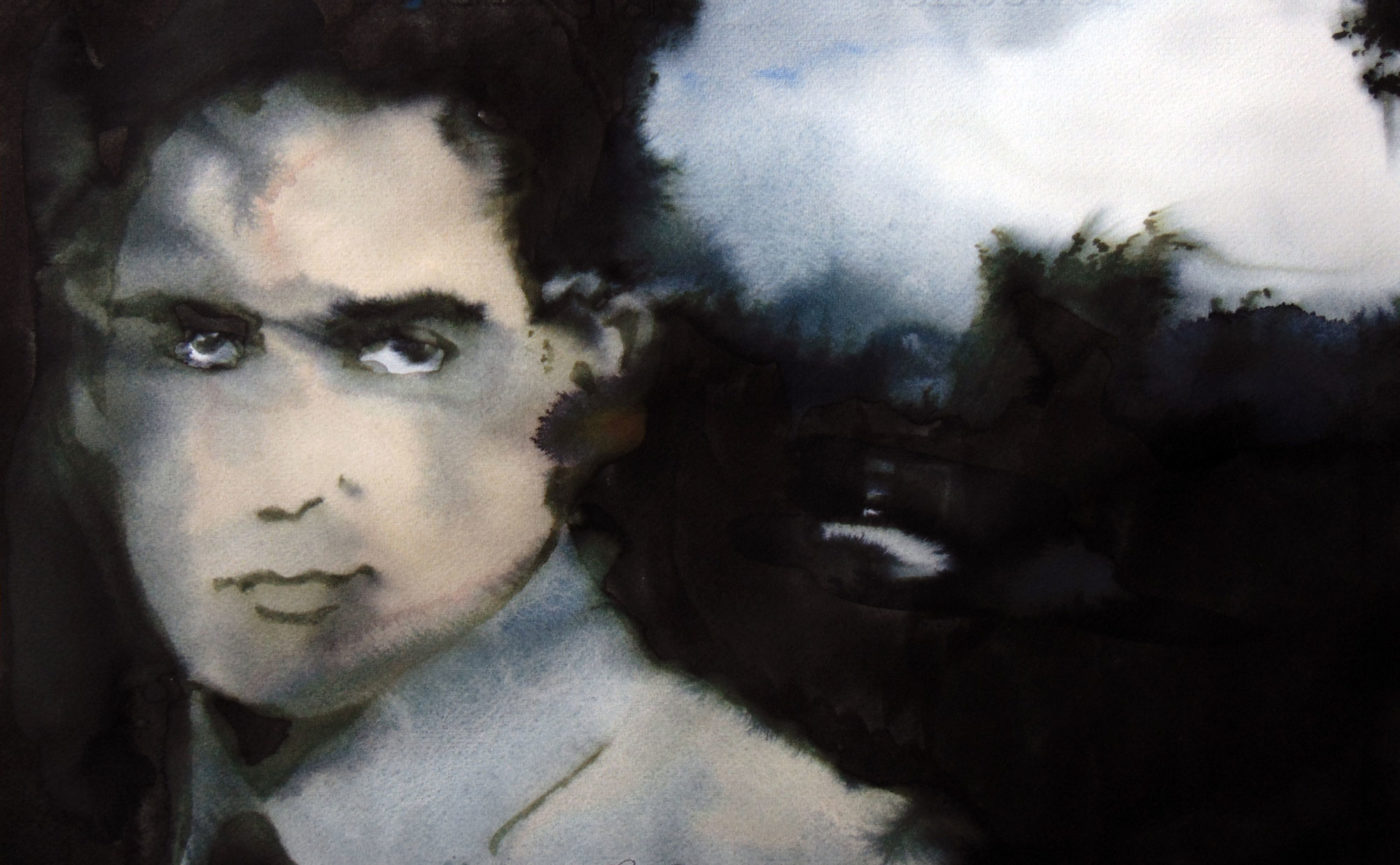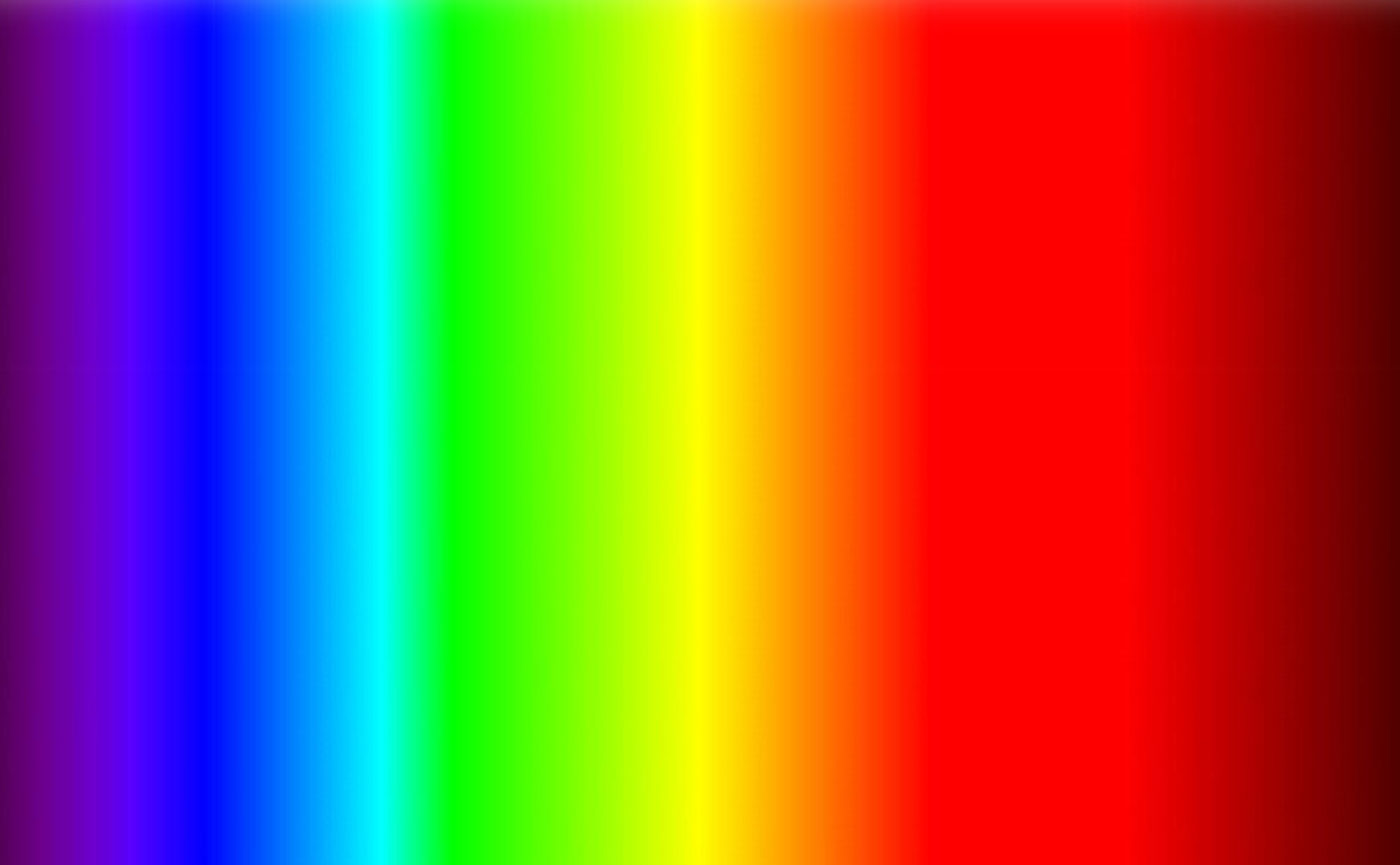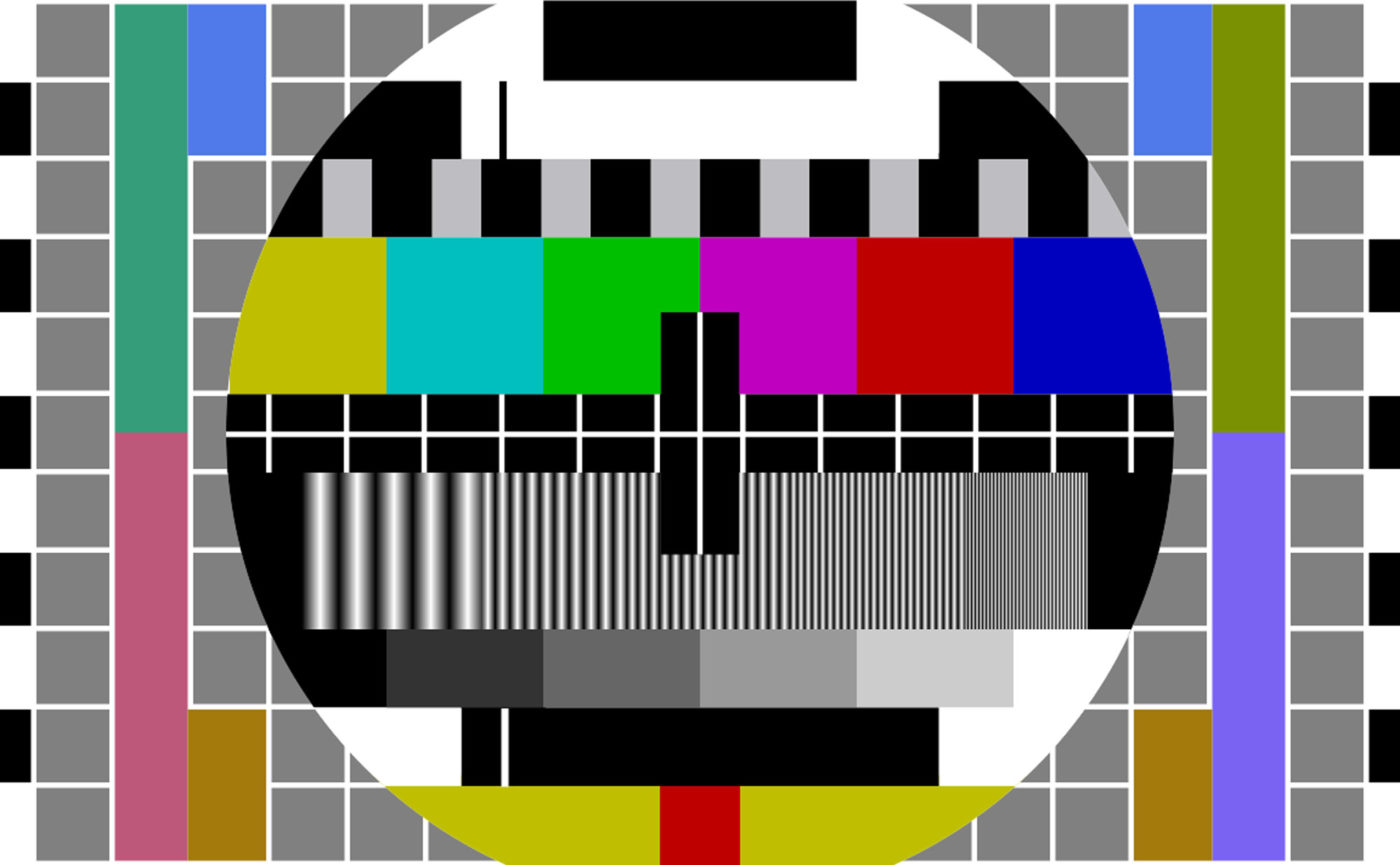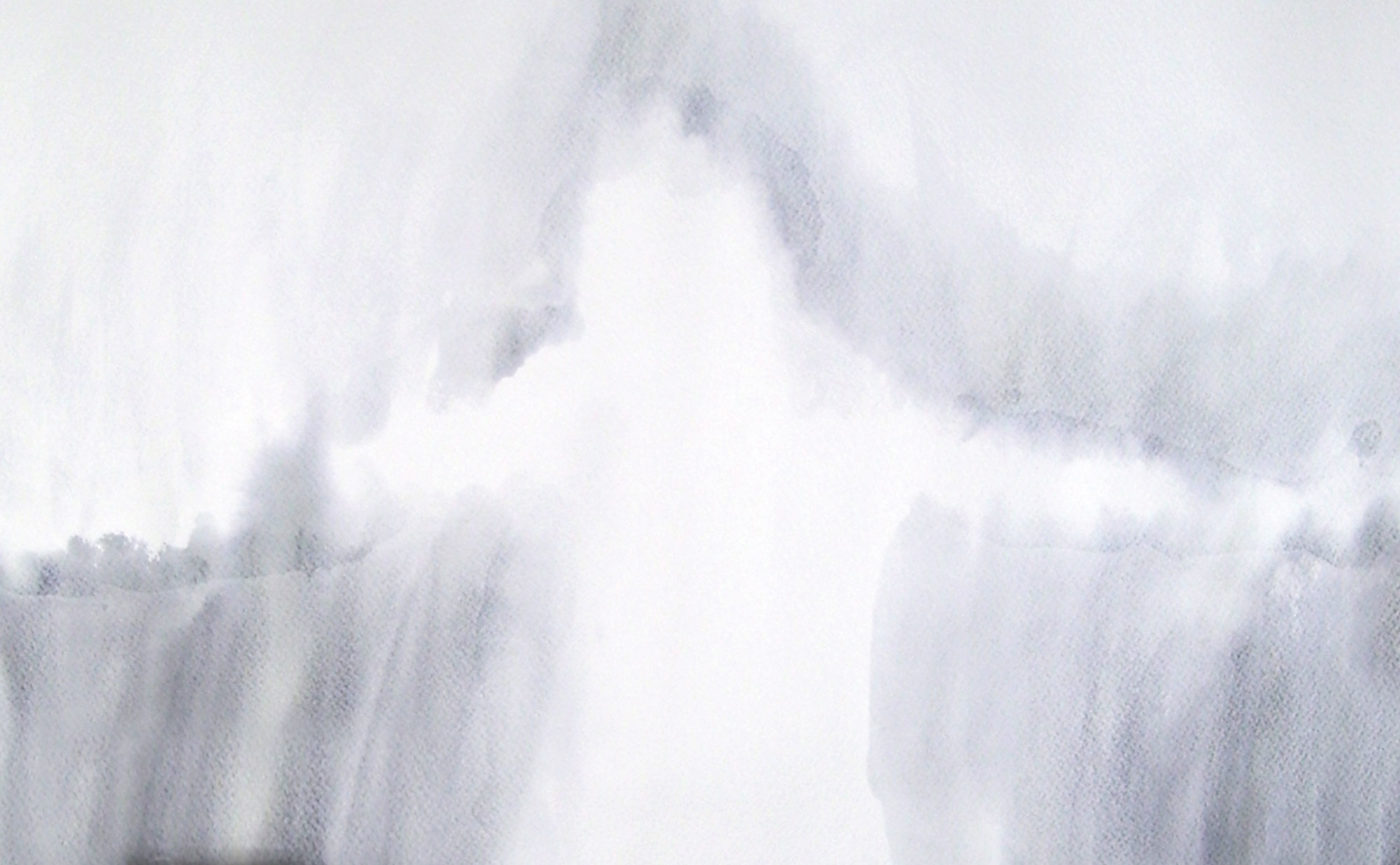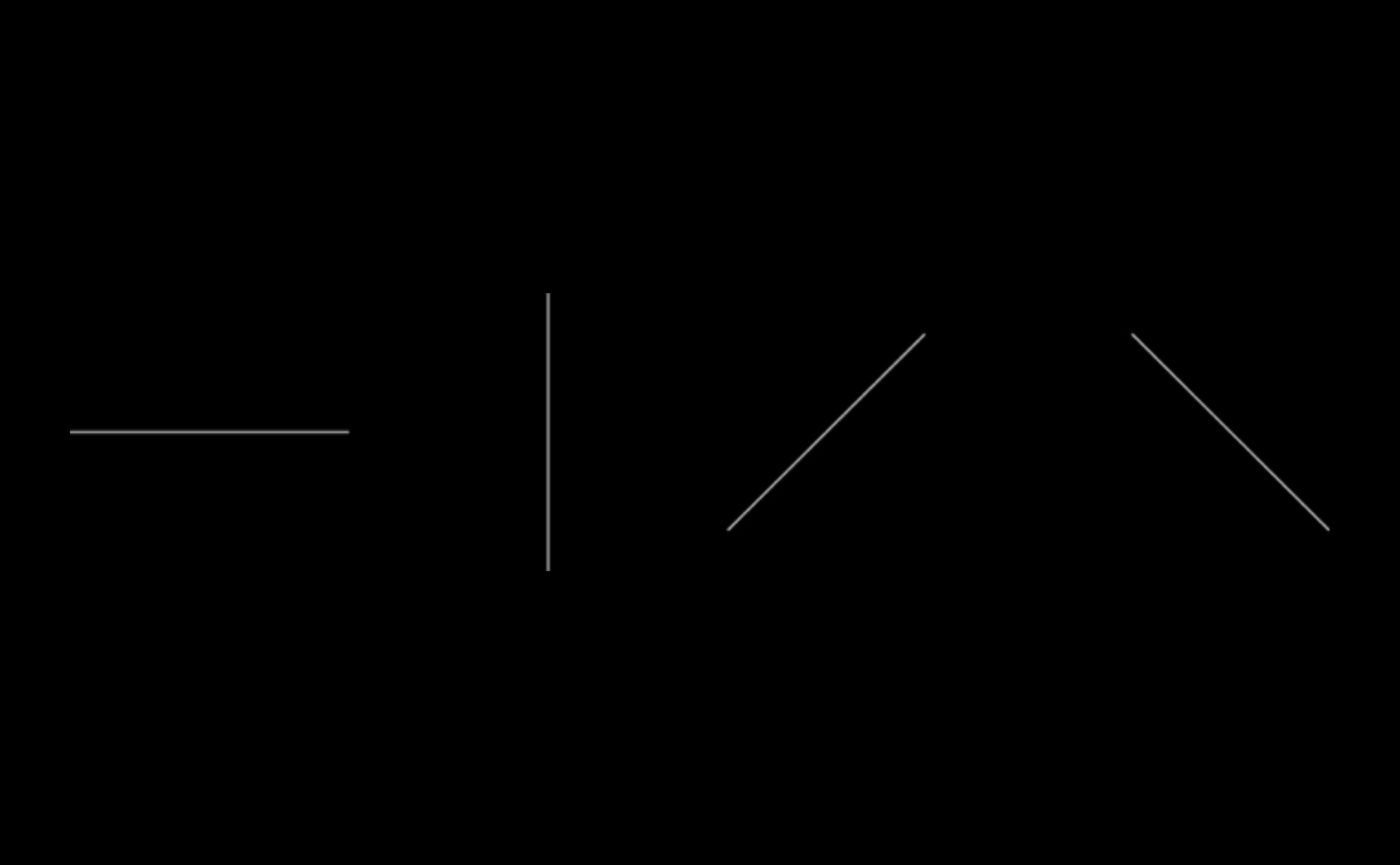Simone Martini, Maestà (detail), 1312-15 To give an example of the rhythmic use of colour, we will talk about the famous Maestà (1) by Simone Martini painted in 1312-15. (1) The work has a horizontal course. In the lower part there is the throne on which sits the Madonna and Child and on whose sides are gathered the saints, above them, in the upper part, stands out on the blue background the colored canopy that serves as a cover. […]

